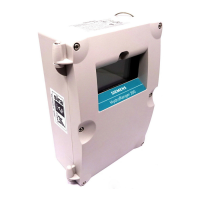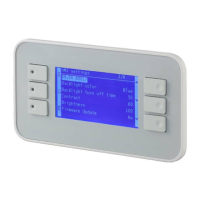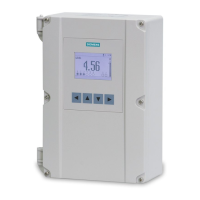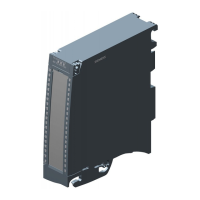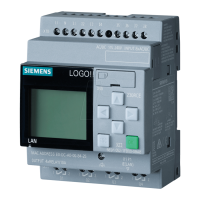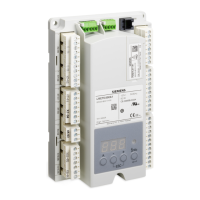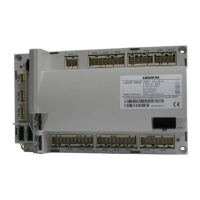Configuring the HiPath Wireless Controller
A31003-W1040-U101-1-7619, July 2006 DRAFT
54 HiPath Wireless Controller, Access Points and Convergence Software V4.0, C10/C100/C1000 User Guide
hwc_startup.fm
Performing the first-time setup of the HiPath Wireless Controller
● Router Port
Use a router port definition for a port that you want to connect to an upstream, next-hop
router in the network. Dynamic routing protocol, such as OSPF, can be turned on for this
port type.
Wireless APs can be attached to a router port. The HiPath Wireless Controller will create
a virtual VNS port and handle wireless device traffic in the same manner as a host port.
There is a fourth port type that is not configurable in the HiPath Wireless Assistant:
● Virtual Network Services (VNS) interface
A VNS port is a virtual port created automatically on the HiPath Wireless Controller when
a new VNS is defined. The VNS port becomes the default gateway for wireless devices on
this VNS. No Wireless APs can be associated with a VNS port and no routing is permitted
on this port.
The chart below summarizes the port types and their functions:
To configure the data port interfaces on the HiPath Wireless Controller:
1. From the main menu, click Wireless Controller Configuration. The HiPath Wireless
Controller Configuration screen appears.
2. In the left pane, click IP Addresses. The Management Port Settings and Interfaces
screen appears.
>
Third-party access points must not be directly connected to a router port.
Port Type Host 3rd-Party AP Router VNS
IP Forwarding No No Selectable.
Route wireless
device traffic only.
No
Wireless AP support Ye s N o Ye s N o
Mgmt traffic support
(SNMP, HTTP, TELNET, SLP,
RADIUS, DHCP)
Selectable Selectable Selectable Selectable
Routing protocol support
(IP, OSPF and PIM)
No No Selectable No
Table 4 Port types and functions

